
Inuit Traditions

The Inuit culture in Greenland is an ancient one. The ethnology of the Inuit people shows that there was a migration from Alaska and Northern Canada over thousands of years, following suit with the range of languages the are found across these regions, of which Greenlandic is a variant.
Danish colonialism has washed away a lot of the customs and traditions in Greenland. However, there are many traditions in Greenlandic culture, which anchor it and give it a sense of place. Here are a few of the key traditions.
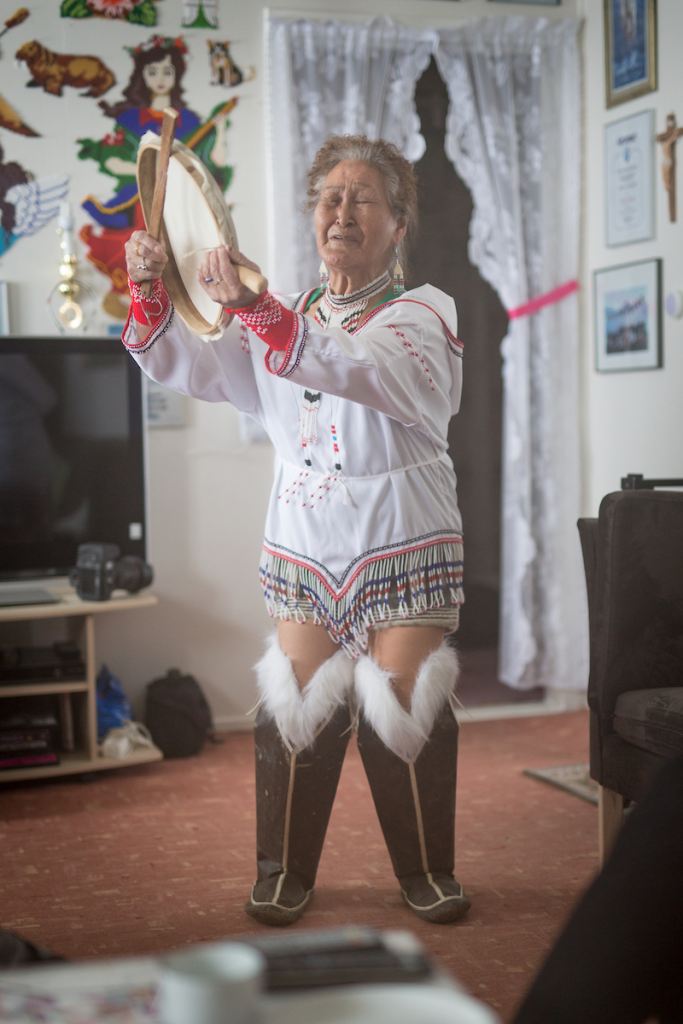
Drum dance
The drum dance used to be kind of a battle; so if you couldn't settle a dispute through dialogue, you could “dance it out”. It was a dance battle where one person makes fun and ridicules the other and then often the one that lost got so embarrassed he would leave the village.
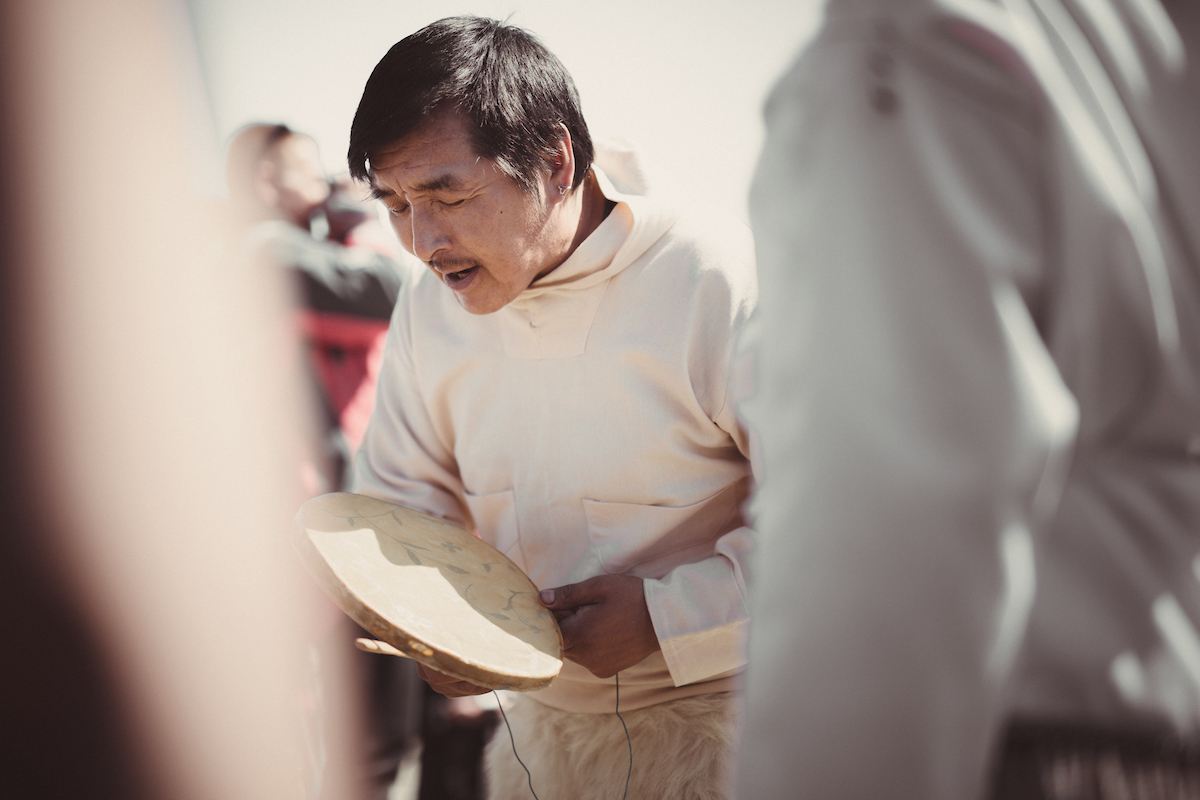
Mask dance
There are not a lot of native traditions that we hold on to from the Greenlandic faith, and a lot of the things that we do have been re-invented. For example, the mask dance was re-invented in the 1970s by a theatre group, because it had been forgotten.
It was a revolutionary idea, it was a group of people who wanted to put back in all of the traditions. Whatever was known about the dance was taken from stories, memories from older generations. In this way, it was easier to piece together and reinvent it. It resurrection of the mask dance in a way gave back Greenlanders so of the national and cultural identity that was lost during the colonisation period.
The mask dance has three main functions: to entertain, to teach children about fear and how to deal with it. It also has a role in courtship.
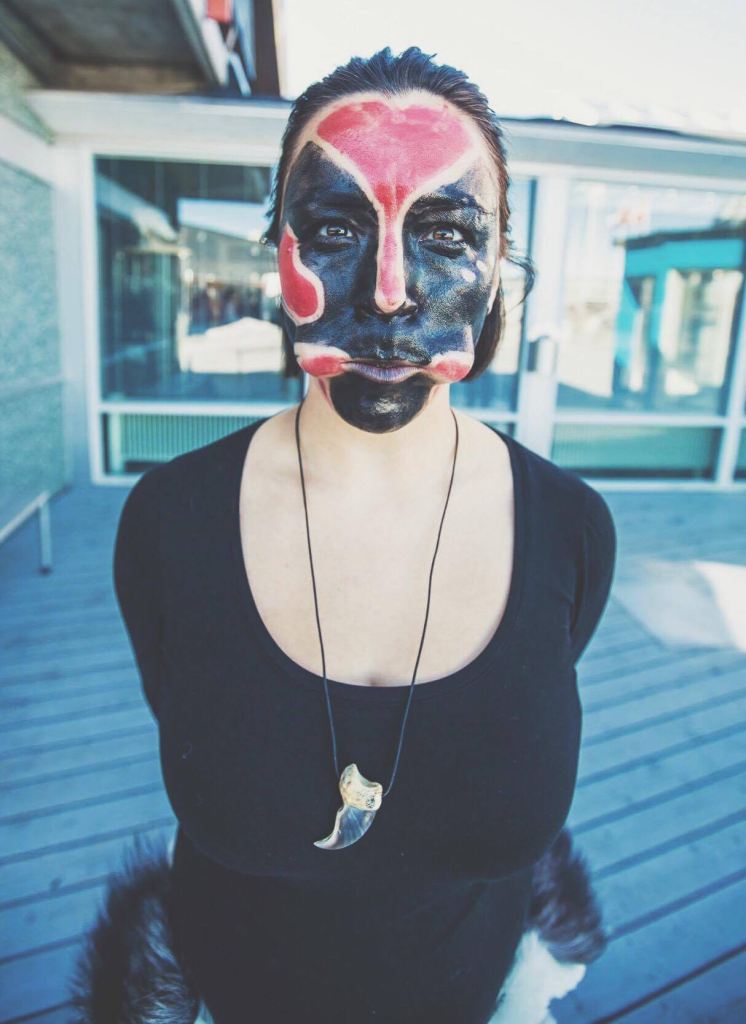
First seal Hunt
When a boy is 13 years old, or sometimes in the east under 6 years old in a hunting community, he needs to catch his first seal.You go out on a boat, and they are shot with rifles. This is a rite of passage, one step on the journey to manhood. Part of the seal slaughter is of course cleaning, preparing and butchering the seal, which is also part of the process.
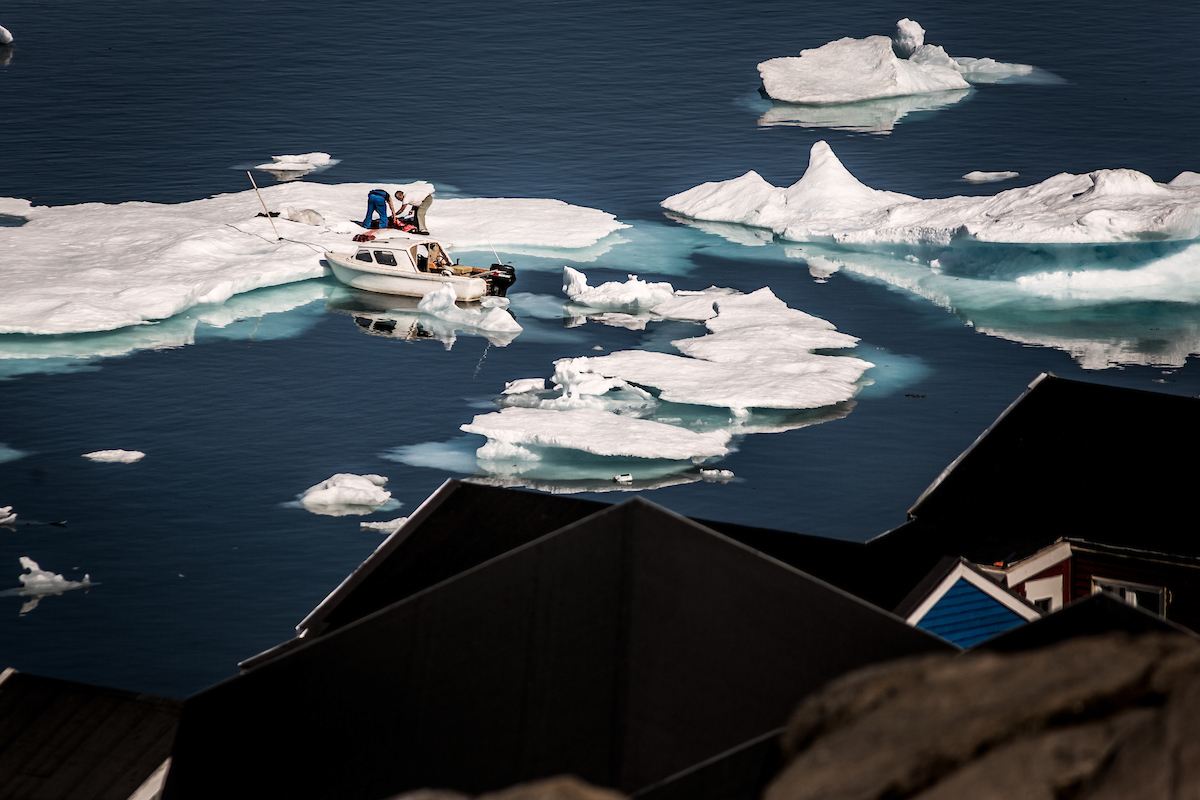
Kaffemik
On a Greenlandic birthday, or if you want to celebrate anything else, you invite people over. Doors are usually open form 13:00 to 19:00 for example. You turn up, you bring a gift, talk for a while and leave. As the name suggests, coffee is served, along with cakes and other Greenlandic food such as seal, dried fish, whale blubber and polar bear.
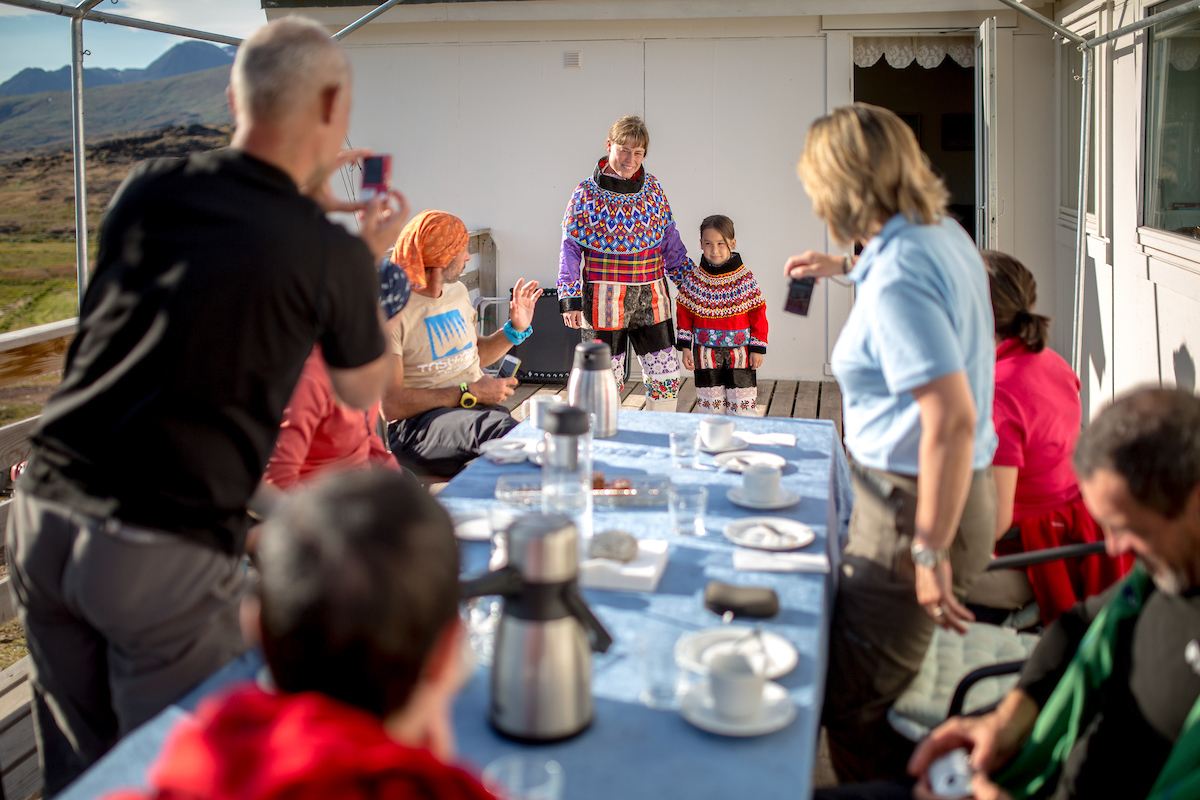
Sharing Polar Bears
The hunting of polar bears is regulated in Greenland. Only a certain number can be killed, limited to 30 per year per community, and can only be undertaken by a licensed and registered hunter.
However, when someone is out in the country they see a polar bear, they are the “hunter” even if they are not the ones shooting. It is incumbent upon them to call a registered hunter, and the hunter has to arrive as soon as possible.
Once the bear is slaughtered, the “hunter” receives the prized head and pelt of the bear, considered the best parts. The person that does the shooting then decides who is to receive the flesh, and the first five individuals that touch the bear are entitled to share of the flesh.
First day of school
The first day of school is a momentous occasion. The children wear their finest, often the national dress, and then they don’t spend very much time at school. Afterwards, families have kaffemiks (see above).
Discover Greenlandic Culture
Greenland Adventures offers a range tours that give you insight into these traditions; we can take you to a kaffemik and show you a drum dance performance! On the west coast, discover ancient ruins and visit the incredible Ilulissat icefjord.
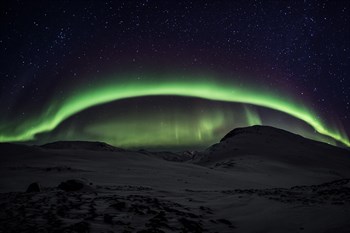
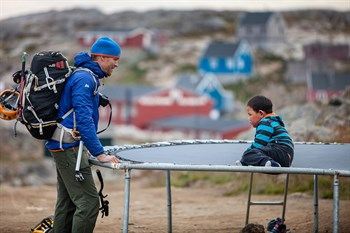
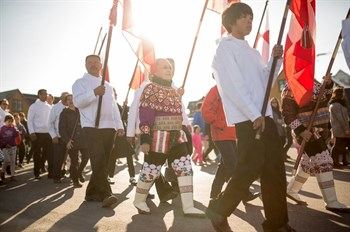
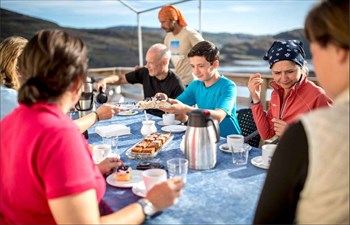




 See what our customers have to say about us!
See what our customers have to say about us!





